Zone 10 has longer summers and few to no winters—perfect weather for green thumbs.
Here, frost briefly appears, with the first occurrence on November 30th and the last on January 30th, give or take a few weeks.
When other people in Zones 1 to 9 are bidding farewell to warm weather for gardening, Zone 10 extends her magic of growth and harvest.
Therefore, here is a planting calendar to help you maximize the extended growing season that Zone 10 graciously provides.

Table of Contents
Zone 10 Sub Zones
Zone 10 has two subzones: 10a and 10b, and the table below shows how these sub-zones differ.
| Aspect | USDA Zone 10a | USDA Zone 10b |
| Temperature | Average annual minimum temperature of 30°F to 35°F | Average annual minimum temperature of 35°F to 40°F |
| Frost Occurrence | Rare frost events or no frost | Occasional light frost |
| Plant Hardiness | Tender plants may experience damage or die during rare frost events | Frost tolerance in plants may be slightly higher |
| Heat Tolerance | High heat tolerance required | Higher heat tolerance required |
Even though these subzones have their differences, here is how they are similar:
- High heat tolerance
- Suitable for growing tropical and subtropical plants
- Varied microclimates exist
- Year-round growing season
Also, for these subzones, you need to ensure you do the following to maximize the growth and yield of your plants:
- Do not apply synthetic or chemical fertilizers during any rainy season, as the chemicals can flow into water bodies causing harm to creatures that live in the water.
- Water your plants in the morning or late in the evening, as the high temperatures minimize water loss through evaporation.
- Apply a layer of organic mulch to conserve moisture, reduce weed growth and add nutrients to the soil.
- Monitor pests and diseases as humid and warm climates provide the perfect breeding ground for both.
January

The minimum temperatures in January range from 30°F to 40°F, so planting opportunities are plenty.
For instance, you can plant the following:
- Vegetables: Beets, broccoli, Brussels sprouts, cabbage, cauliflower, kale, mustard, and turnips
- Flowers: Begonia, browallia, lobelia, dianthus, dusty miller, and nicotiana
- Fruit: Melon and grapefruit
- Herb: Tarragon, thyme, dill, fennel, and mints
- Seeds: Eggplant, leek, parsley, peas, tomatoes, turnips, and watermelon that you can plant inside or outside
And don’t forget to fertilize your citrus trees in January to promote growth and optimize your fruit production.
February
Just like love is in the air, the blooms are showing off as nature proudly displays its prowess in February.
Thus, the flowers release a captivating fragrance, perfect for your space.
Because the temperatures are still as favorable as in January, you can plant more flowers like petunia, pansy, and verbena or vegetables such as peppers and spinach, as well as tomatoes.
Also, you can sow the seeds of Chinese cabbage, collards, corn, leek, melons, and watermelon that you will plant later.
Still, during this month of love, do not forget to give your shrubs and palms some TLC.
Nourish their roots with organic fertilizer or manure as you water all the plants in the morning or evening to help conserve moisture.
March

March is when spring comes to life in Zone 10 and temperatures rise to 56°F-78°F.
Get ready to sow seeds for cherry tomatoes, okra, and southern peas.
Also, plant some arugula, beans, cantaloupes, carrots, celery, sweet corn, pineapples, and papayas to add more nutrients and flavor to your salads.
And to add a touch of whimsy and beauty to your garden, plant gazania, Melampodium, and zinnia. Or even some culinary and medicinal herbs like basil, rosemary, and mint.
April
The temperatures are still rising in April and range from 68°F to 82°F, which is perfect weather to plant some Chinese cabbage, southern peas, and sweet potatoes.
You can plant Gladiolus every two weeks until early July, and coleus, vinca, portulaca, basil, and coriander. To add flavor to your dishes, cumin, and mint herbs will grow well in April.
Still, it’s not too late to sow chard or southern peas seeds.
However, you must pay close attention to your garden in April, as high temperatures can lead to diseases and pests.
To identify and conserve beneficial insects such as ladybugs, pollinator bees, and praying mantises. Encourage their presence and survival by providing food, water, and avoiding harmful pesticides.
Also, watch for pests, diseases, and nutritional disorders on the tomato plants you have been planting since January.
You should also watch out for nutritional conditions such as yellowing or browning fronds, stunted growth, or fungal infections in palm trees, as these could be signs of distress.
May
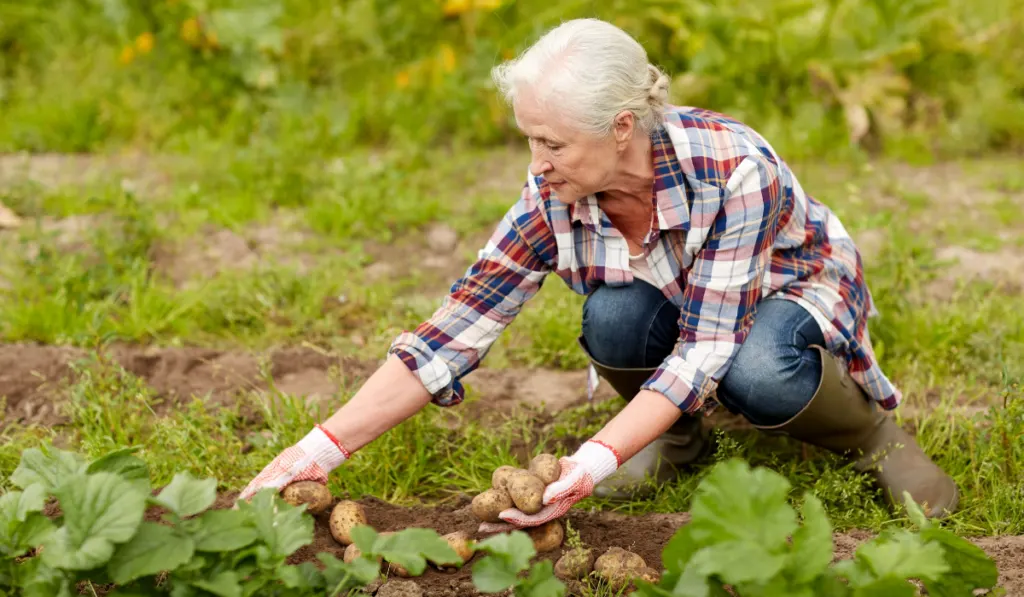
Temperatures are still rising in May, reaching 66°F to 95°F, and it’s now very hot, perfect for harvesting spinach, lettuce, radishes, and turnips.
Also, you could plant the following:
- Vegetables: Sweet potatoes, bonito, hot peppers, and Sisso spinach
- Flowers: Aztec and Clivia lilies
- Fruit: Melons, squash, and cantaloupes
- Herb: Ginger, cumin, summer savory, and rosemary
- Seeds: Okra and southern peas outside
Still, watch for pests like thrips, scale, and mites on plants because as the temperatures rise, they become more active.
Also, prepare for hurricane season by securing your garden structures to ensure they withstand the strong winds.
Don’t forget to check trees for damaged or weak branches and prune them where necessary to reduce the risk of damage in case of strong winds.
June
Temperatures are still high at 75°F to 92°F. Wear your sunscreen and hats and water your plants in the morning or evening to help conserve moisture if there is not enough rainfall.
Then plant vegetables like boniato, calabaza squash, popcorn, and chayote.
To add color and a captivating scent to your garden, plant more celosia, portulaca, vinca, and coleus. Add some melons to quench your thirst in the coming warmer months.
Also, herbs like basil, ginger, summer savory, cumin, Mexican tarragon, and rosemary will grow well in June.
Do not forget that it is now time to harvest beets, broccoli, Brussels sprouts, cabbage, cauliflower, collards, kale, mustard, and turnips you may have planted between January and March.
July
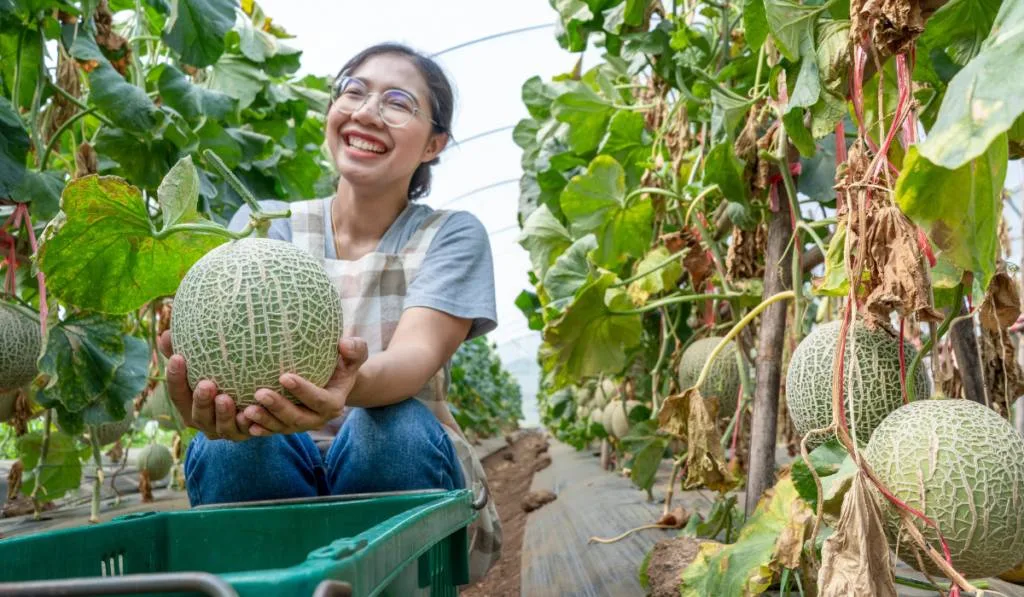
In Zone 10, the summer heat is in full swing in July.
The highest it can get is 77°F to 97°F which is the perfect time to harvest fresh produce for consumption.
You can still wake up early before the sun’s rays become scorching hot or in the evening and plant the following:
- Vegetables: Boniato, calabaza, and chayote
- Flowers: Celosia, coleus, torenia
- Fruit: Melons
- Herb: Oregano and mint
August
Temperatures are dropping a little now, with the highest at 91°F, and like in July, you can do some harvesting for tomatoes, peppers, eggplants, cucumbers, and potatoes.
Also, plant eggplant, okra, peppers, pumpkin, squashes, and tomatoes for the fall garden.
Flowers like butterfly lily, walking iris, and spider lily grow well in August, and so do bay laurel, ginger, Mexican tarragon, and rosemary.
Additionally, sow some seeds for bunching onion, corn, okra, pumpkin, and winter squash.
And for the growing plants, fertilize them to maximize your yield. August may experience rapid rainfall that may result in nutrient deficiencies in some plants.
September
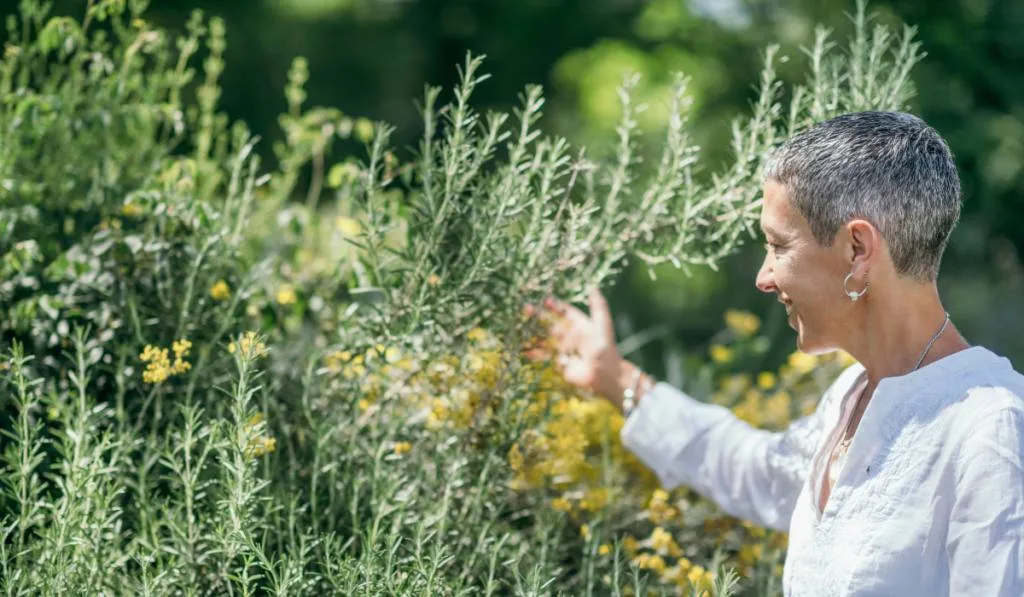
Temperatures continue to drop, with the highest at 89°F as the summer heat starts to wane.
It is time to reap a bountiful harvest as onions, apples, beans, zucchini, potatoes, and tomatoes are ready.
You can still plant:
- Vegetables: Eggplant, kohlrabi, kale, cucumbers, corn, cauliflower
- Flowers: Nasturtium, celosia, and wax begonia
- Herb: Mexican tarragon, mint, rosemary, and basil
- Seeds: Bush beans, corn, cucumber, eggplant, pepper, summer squash, and tomato
But before the summer rains stop, make sure irrigation systems are functioning correctly and providing adequate coverage.
Also, fertilize citrus and other plants in your garden, including the seed bed, with an organic fertilizer this month or in October.
October
In October, the weather starts to cool down, the high is at 85°F as summer ends, and in comes the fall.
Still, you can plant more plants and sow seeds for future planting like:
- Vegetables: Beans, broccoli, carrots, collards, lettuce, green onions, peppers, radishes, spinach, and tomatoes
- Flowers: Rain lily and Clivia lily
- Fruit: Strawberry plants
- Herb: Dill, fennel, parsley, and cilantro
- Seeds: Chinese cabbage, kohlrabi, leek, radish, spinach, and turnips
November
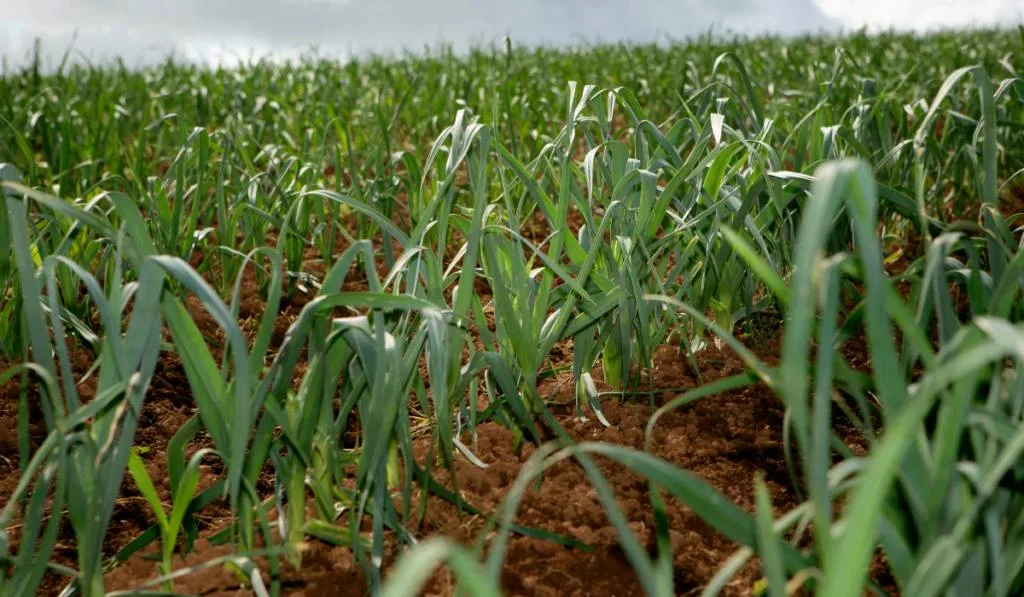
The temperatures are cooling in November while your hard work is starting to pay off. For instance, you can harvest beans, squash, fruits, carrots, peas, cucumbers, kale, and lettuce.
You can also plant:
- Vegetables: Beans, broccoli, kale, and snow/English peasant peas
- Flowers: Strawflower, cape daisy, and pansy
- Fruits: Strawberries
- Herbs: Cilantro, dill, fennel, parsley, sage, and thyme
- Seeds: Chinese cabbage, kohlrabi, leek, spinach, and turnips
But continue to check for any rotting fruit and cover the plants with dried grass, straw, and mulch to protect them from freezing.
December
Just like December is a festive month for most people, in Zone 10 the garden also does not disappoint.
You can harvest ripe fruits from citrus trees, beans, broccoli, melons, radishes, onions, and potatoes.
Then, use the fallen leaves and other plant debris to make a good mulch for planting vegetables like broccoli, carrots, kale, and green onions.
You can also plant more flowers like begonia, impatiens, and geranium that thrive in cooler temperatures.
Also, you can ensure that you have herbs to spice up your dishes for the coming months by planting parsley, thyme, sage, dill, fennel, and cilantro.
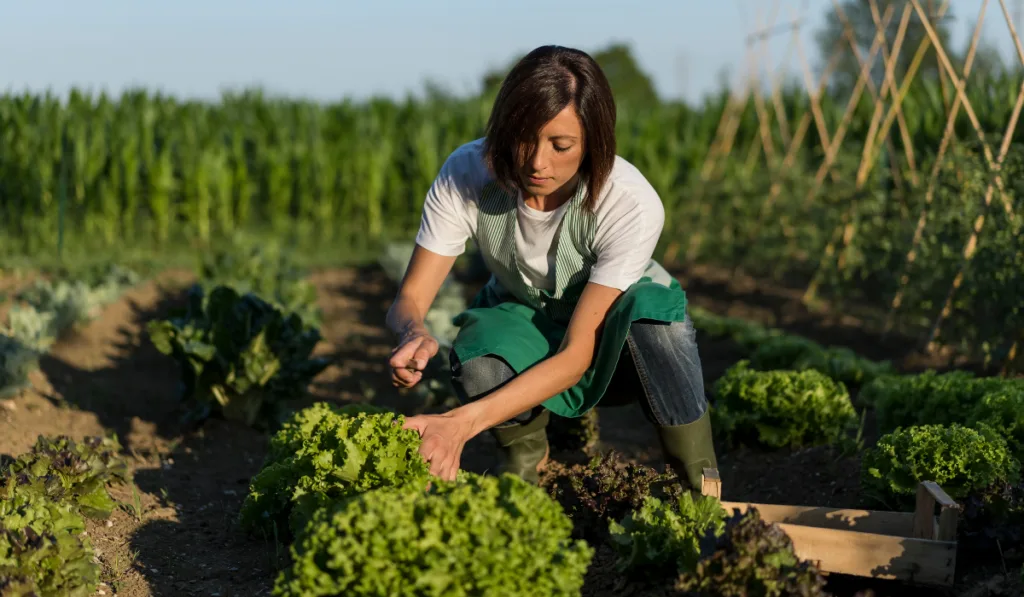
Conclusion
Even though Zone 10 is a paradise for gardeners with its year-round growing season of tropical and subtropical plants, you still need a plan to maximize growth and harvest in your garden.
But remember, gardening is an art, and even with a planting calendar, each month comes with new challenges and wins.
Embrace the journey as you enjoy Zone 10, where the sun shines throughout the year, allowing gardens and gardeners to thrive all year.
Resources:
- https://www.happysprout.com/inspiration/zone-10a-planting-guide/
- https://planthardiness.ars.usda.gov/
- https://growfoodeasily.com/zone-10-planting-schedule/
- https://www.marysheirloomseeds.com/blogs/news/zone-10-vegetable-planting-guide
- https://brownthumbmama.com/vegetables-plant-february-zone-10/
- https://www.americanmeadows.com/flower-bulbs/gladiolus-flower-bulbs/how-to-grow-gladiolus
- https://winslowandross.com/blogs/news/zone-10-planting-schedule
